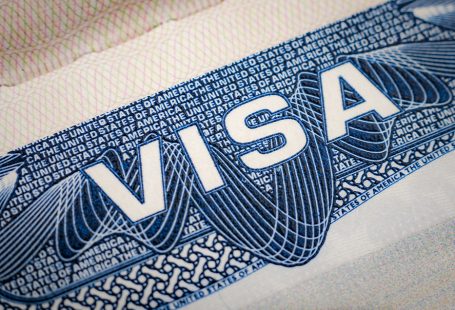The United States offers only two paths to citizenship for interested parties. One is through birth. People who are born in the U.S. or its territories are granted citizenship at birth, as are certain people who have at least one parent who is a citizen, even if they are born outside the U.S. The other path to citizenship is through the naturalization process overseen by the United States Citizenship & Immigration Services. There are many steps to this path, but the first steps involve seeking residency in the U.S. under a qualifying visa.
Citizenship for Immigrant Investors
Out of the 2 ways to become a U.S. citizens, the only one that will be open to most immigrant investors is naturalization. Luckily, the EB5 visa does provide an opportunity for citizenship to those who complete their conditional residency periods. 90 days prior to the five-year anniversary of the start of an EB5 holder’s conditional residency period, a citizenship application may be filed. Citizenship has a number of benefits over permanent residency, including:
- Bringing family members to the U.S. with greater ease
- Citizenship is extended to the children of citizens
- The ability to carry a U.S. passport when you travel
- Less expensive access to higher education in the United States
- Eligibility for federal employment
EB-5 Job Requirement
In order to complete the EB5 Process, applicants must obtain an investor visa. To do this, most will need to be willing to invest between $500,000 and $1,000,000 into an escrow account and present an opportunity in which they would be able to create at least 10 full-time jobs for US Citizens who qualify under the USCIS guidelines. These jobs must be created before investors file an I-526, or must be able to prove that the jobs will exist within 2 years of conditional permanent residency. Three examples of such jobs include:
- Direct Jobs – Direct jobs must be formed by the business that is benefiting from the investor’s EB–5 capital. These must be fulltime positions of at least 35 hours per week. Some investors may also get clearance to offer job-sharing opportunities instead.
- Induced Jobs – This type of job is directly related to EB-5 projects in a certain region or community. Basically, the workers who are employed by the new corporation spend money in the community or region which then creates new jobs for more US citizens.
- Indirect Jobs – When more jobs become available in an EB-5 regional center due to the funds invested, USCIS will allow them to be counted as jobs created. Typically, these jobs are associated with other businesses in the same area that are used to supply goods or services for the EB-5 project.
Burden of Proof
While proving that additional jobs were created directly or indirectly as a result of an EB-5 applicant’s investment and project, it is typically worth the effort. Once the USCIS clears an applicants I-829 petition, they can legally bring their spouse and unmarried children who are not yet 21 years old to love as permanent residents of the United States.










Social Profiles